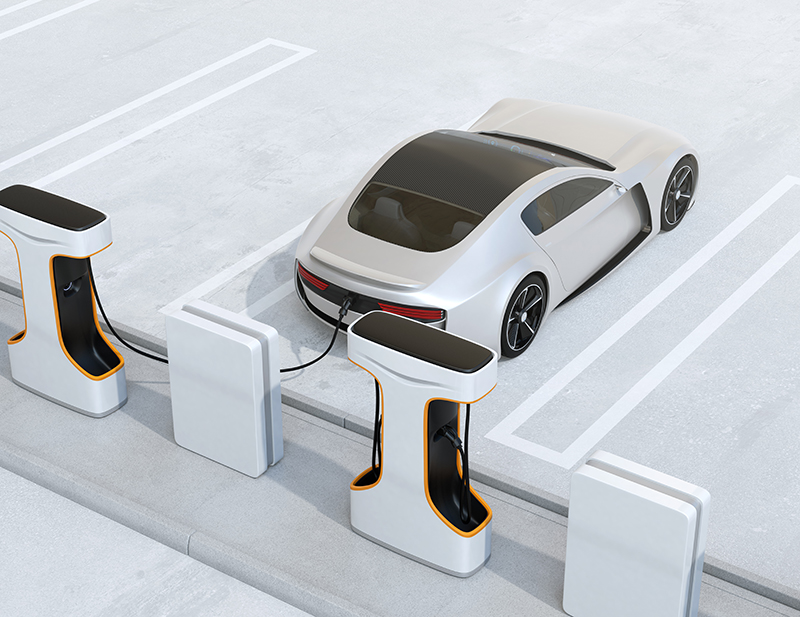Electricity is considered an alternative fuel under the Energy Policy Act of 1992. Electricity can be produced from a variety of energy sources, including natural gas, coal, nuclear energy, wind energy, hydropower, as well as solar energy and stored as hydrogen or in batteries. Electric vehicles (EVs)—the collective term for plug-in hybrid electric vehicles (PHEVs) and all-electric vehicles—are capable of drawing electricity from off-board electrical power sources (generally the electricity grid) and storing the energy in batteries. Though not yet widely available, fuel cell electric vehicles (FCEVs) generate electricity from hydrogen onboard the vehicle.
Powering Vehicles with Electricity
In EVs, onboard batteries store energy to power one or more electric motors. These batteries are charged using electricity from the grid and energy recaptured during braking, known as regenerative braking. Vehicles that run only on electricity produce no tailpipe emissions, but there are upstream emissions associated with the production of electricity.
Powering EVs with electricity is currently cost effective compared to using gasoline, but EVs typically cost more to purchase. However, initial vehicle costs can be offset by energy cost savings, a federal tax credit, and state incentives. Electricity for charging vehicles is especially cost effective if drivers can take advantage of off-peak residential rates and other incentives offered by many utilities. The cost is dependent on the price of electricity, which can vary by region, type of generation, time of use, and access point.
